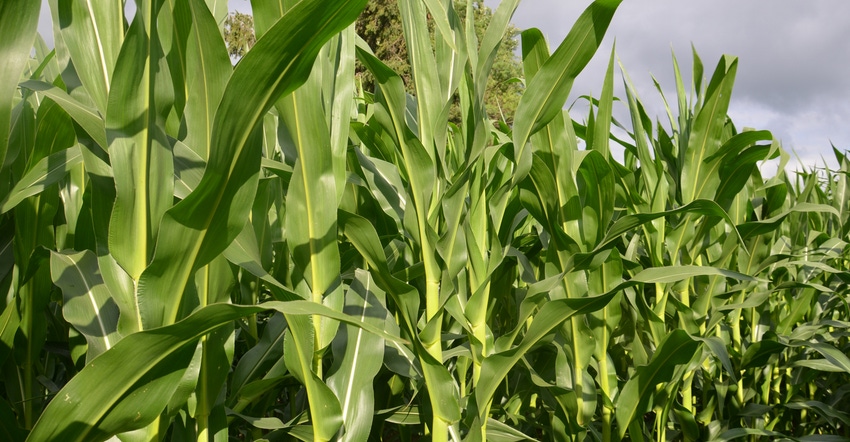
Recently an article about different nitrogen recommendations for corn in various crop reporting districts within Indiana raised questions. Were recommended rates based on actual results or theory? Was anhydrous ammonia always the source of N? Why were rates considerably higher in some areas than in others? Were cover crop fields included?
A conference with Bob Nielsen, a Purdue University Extension corn specialist, helped answer those questions. Nielsen and Jim Camberato, a Purdue Extension soil fertility specialist, have collaborated to conduct trials over the past decade, and continue to do so. Many are farmer trials.
Here are Nielsen’s responses to Indiana Prairie Farmer’s questions:
You publish recommended N rates based upon crop reporting districts. Are those based on the old 1 to 1.25 pounds of N per bushel theory, or real results? They are based on over 250 trials conducted over the past 10 years. Thirty years ago, we only had 10 to 15 nitrogen trials actually conducted in Indiana to go on. Iowa State University was publicizing a nitrogen rate calculator, and Jim and I wanted the Indiana data used in it by Indiana farmers to be more accurate. We now feel confident that we have a critical mass of trials to base our recommendations on. Many of those 250 are on-farm trials.
Do you keep adding N trial results to your database each year? We do. However, we’re now focusing on other issues, too. Once you have a database with 250 trials, adding another one or two isn’t going to move the recommendation needle very much.
Are there certain situations where you need more information on N rates? Yes. We would like to include more fields where manure was applied, and more irrigated, sandy fields.
Do any of the trials include no-till fields? Yes. We have a good mix of conventionally tilled, no-till and strip-till fields. However, we don’t have trials for corn following cover crops. We would certainly work with someone using that practice. It just works out that none of our cooperators have used cover crops.
Is it possible that nitrogen rates could be lower following cover crops? It’s possible. We just don’t have data to say one way or the other. Before we could form a solid opinion and make a recommendation, we would need 15 to 20 trials with corn following cover crops. One or two cooperators would be a start, but we would need many more before we could draw conclusions.
Do most of your trials involve anhydrous ammonia? The trials represent a mix of different forms. Actually, more involve liquid 28% N. We work with a farmer’s normal practices.
Why do you think recommendations vary across the state? It has to do with soil types. There are differences in drainage and organic matter. Differences in organic matter are important because it affects how much N the soil can supply.
Are you looking for more cooperators? We always welcome farmers willing to let us work with them on their farms. It may be late for this year, but we will talk to anyone. Reach me at [email protected].
About the Author(s)
You May Also Like




